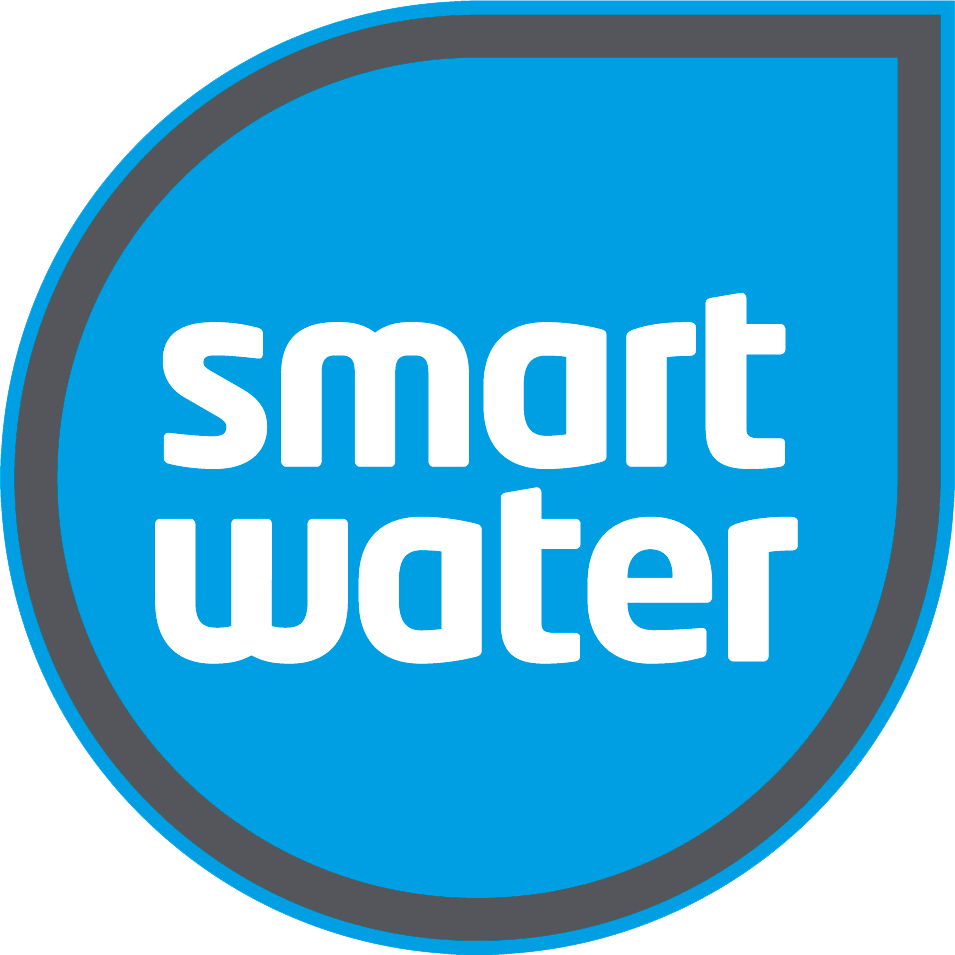 Shopping Cart
Shopping Cart
24 February 2023
The Future of Rainwater Harvesting: Innovations and Trends

Rainwater harvesting is a sustainable and environmentally friendly way to collect and store rainwater for various uses, such as irrigation, household purposes, and even for drinking. In recent years, rainwater harvesting has seen a surge in popularity, and the trend is expected to continue in the future as people become more aware of the benefits of using rainwater and the need to conserve resources.
Smart Technology in rainwater harvesting
The integration of smart technology into rainwater harvesting systems is one of the biggest trends in the future of this industry. Smart technology allows for real-time monitoring of water usage and storage, automatic scheduling of irrigation systems, and remote access to control and manage the system. This will not only make the use of rainwater more convenient but also ensure that the water is being used efficiently.
Here at Smart Water, we are already a part of this smart technology movement, and our Smart Water tank indicator provides you with all the information you need from our app or from one of our LCD displays. Find out how much water you consume on average from your tank, accurate pressure data and estimates on when your tank will run out of water based on current usage.
Find out more about our range of products or check out our FAQs for more information.
Wider adoption
As the population continues to grow and the demand for water increases, the need for sustainable water sources becomes more pressing. Rainwater harvesting offers a practical solution to this problem and is expected to become more widely adopted in the future. Governments and organisations are likely to offer incentives and subsidies to encourage the adoption of rainwater harvesting systems, making them more accessible and affordable for everyone.
Improved water quality
Another trend in the future of rainwater harvesting is the improvement of water quality. With the use of advanced filtration systems, the water collected from rainwater harvesting systems will be cleaner and safer for use. This will also increase the range of uses for the collected water, including drinking and other household purposes.
Integration with other water sources
In the future, rainwater harvesting systems are expected to become integrated with other water sources, such as grey water (used water from showers, sinks, and washing machines) and stormwater. This will allow for the optimisation of water usage and ensure that water is being used efficiently and sustainably.
Is rainwater harvesting sustainable?
Yes, rainwater harvesting can be a sustainable method for collecting and storing water for various uses. By collecting and storing rainwater for later use, households and communities can reduce their reliance on municipal water supplies and conserve this precious resource. Additionally, rainwater harvesting helps to reduce the amount of stormwater runoff that can pollute waterways and harm the environment.
However, the sustainability of rainwater harvesting depends on several factors, including the design and maintenance of the rainwater harvesting system, the use of the collected water, and the local climate. For example, if the system is not designed or maintained properly, the collected water may become contaminated, rendering it unsafe for use. Similarly, if the collected water is not used efficiently or if the system is not appropriate for the local climate, the sustainability of the system may be impacted.
In general, rainwater harvesting can be a sustainable method for collecting and using water if it is properly designed, maintained, and used. By reducing reliance on municipal water supplies, conserving this precious resource, and reducing the amount of stormwater runoff, rainwater harvesting can play a significant role in promoting sustainable water usage.
What is the importance of rainwater harvesting for the future?
Rainwater harvesting is becoming increasingly important for the future for several reasons:
- Water scarcity: With the global population growing and the demand for water increasing, the need for sustainable water sources is becoming more pressing. Rainwater harvesting offers a practical solution to water scarcity by collecting and storing rainwater for later use, reducing reliance on municipal water supplies, and conserving this precious resource.
- Climate change: Climate change is affecting water availability in many parts of the world. In some regions, rainfall patterns are changing, leading to droughts and water scarcity. Rainwater harvesting can help communities adapt to these changes by providing a reliable source of water during periods of drought.
- Environmental protection: Rainwater harvesting can help reduce the amount of stormwater runoff that can pollute waterways and harm the environment. By collecting and using rainwater, households and communities can reduce their impact on the environment and protect precious water resources.
- Cost savings: In many areas, the cost of water is increasing, and relying on municipal water supplies can be expensive. By collecting and using rainwater, households and communities can reduce their water bills and save money.
- Water security: In some parts of the world, access to clean water is a challenge. Rainwater harvesting offers a solution to water security by providing households and communities with a reliable source of clean water for various purposes.
What are the trends to look out for in rainwater harvesting
There are several trends in rainwater harvesting that are emerging and gaining popularity:
Vertical rain gardens
Vertical rain gardens are becoming a popular trend in rainwater harvesting as they allow for more efficient collection and storage of rainwater in urban areas where space is limited. These gardens use vertical structures to collect and store rainwater, making them a practical solution for urban households and communities.
Grey water reuse
The reuse of grey water (used water from showers, sinks, and washing machines) is becoming a popular trend in rainwater harvesting. By integrating grey water reuse into rainwater harvesting systems, households and communities can maximise their water usage and reduce their reliance on municipal water supplies.
Rainwater-fed irrigation
Rainwater-fed irrigation is becoming a popular trend in agriculture and landscaping as it offers a sustainable and efficient way to water crops and landscapes. By using rainwater for irrigation, farmers and landscapers can reduce their reliance on municipal water supplies and conserve this precious resource.
Green roofs
Green roofs, also known as living roofs, are becoming a popular trend in rainwater harvesting as they offer a practical and aesthetically pleasing solution for collecting and storing rainwater. Green roofs are covered with vegetation and designed to collect and store rainwater, providing a range of benefits for households and communities, including reducing the amount of stormwater runoff and improving air quality.
Summary
In conclusion, the future of rainwater harvesting is bright, and we can expect to see continued growth and advancements in this industry. With the integration of smart technology, wider adoption, improved water quality, and integration with other water sources, rainwater harvesting will play a significant role in addressing water scarcity and promoting sustainable water usage.
